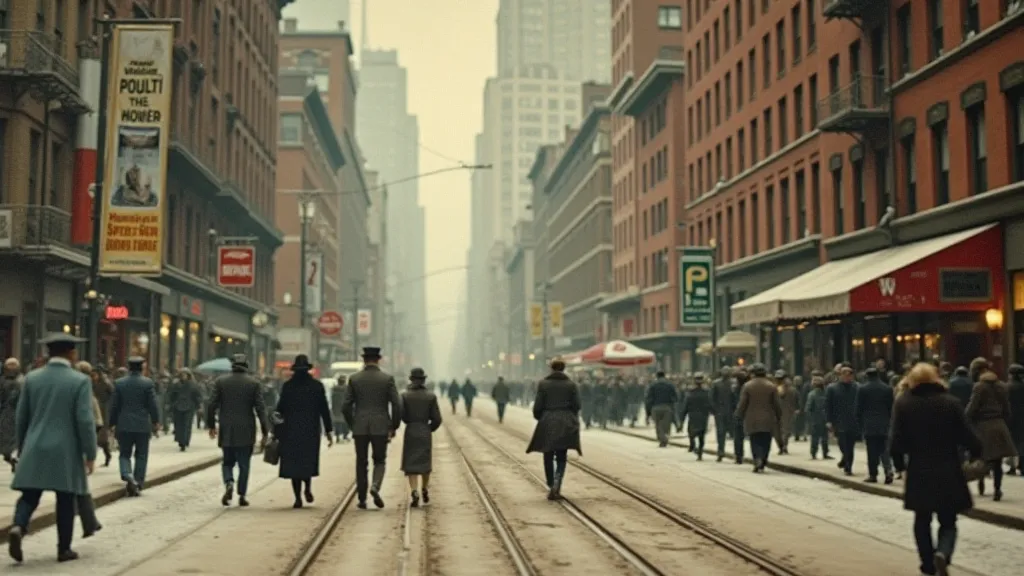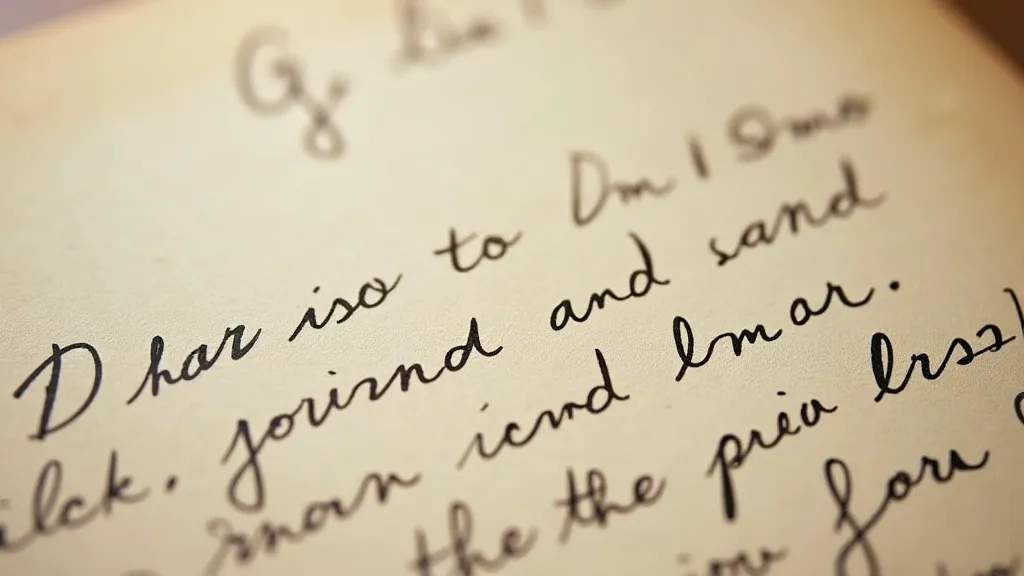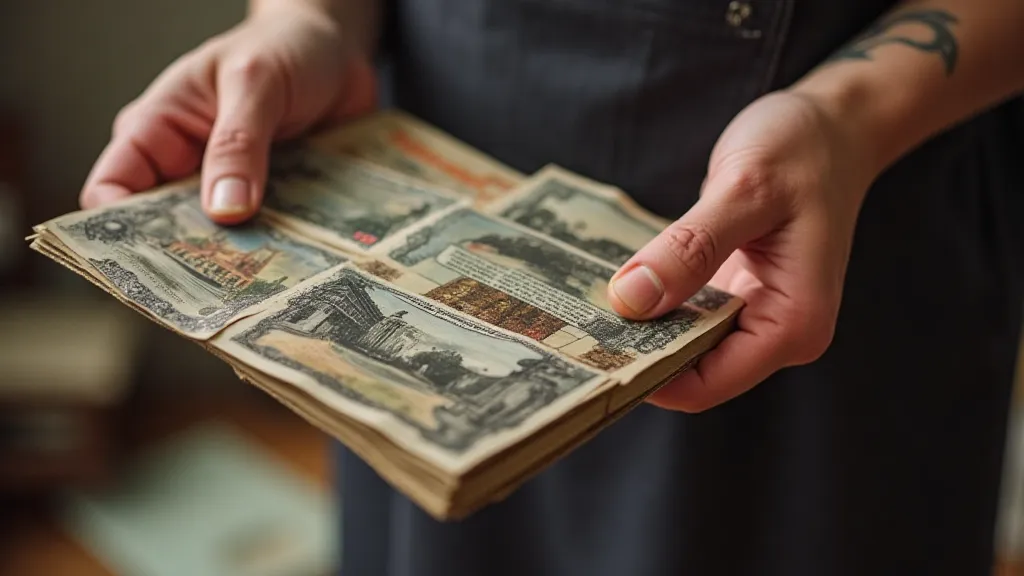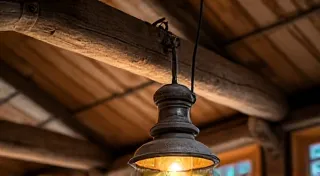Chromatic Ghosts: Investigating the Fading Colors of Antique Cityscapes
There’s a peculiar melancholy that settles over me when I hold an antique postcard depicting a bustling city street – a view frozen in time, yet slowly dissolving before my eyes. These aren't just pictures; they're whispers from the past, visual echoes of lives lived and moments cherished. The vibrant hues of a 1910 Chicago skyline, the rosy blush of a San Francisco cable car, the emerald gleam of a Boston Common in springtime – all slowly yielding to the relentless march of time. The fading colors aren’t just an aesthetic loss; they represent the gradual disappearance of an era.
My own journey with antique postcards began with my grandfather, a quiet man who spoke more through his collection than through words. He’s gone now, but the memory of him carefully laying out his postcards on a velvet cloth, explaining the history behind each image, remains vivid. Many depicted European cities, places he's never physically visited, but knew intimately through these small, rectangular windows into the past. He wasn's driven by monetary value; it was the stories, the connection to history, that captivated him. He saw these postcards as tangible links to people and places long gone.

The Chemistry of Decay: Why Colors Vanish
The fading we observe in antique city postcards isn’t simply an inevitability; it’s a complex chemical process. Early photographic printing techniques, particularly those used on linen postcards, were reliant on pigments that were often unstable. The most common colors involved were aniline dyes, derived from coal tar. While dazzling in their intensity when freshly printed, these dyes were particularly vulnerable to several factors.
Firstly, light exposure plays a critical role. Ultraviolet (UV) rays break down the chemical bonds within the dyes, causing them to lose their vibrancy. This is why postcards stored in direct sunlight fade much faster. Secondly, the acidity of the paper itself contributes significantly. Many early papers contained lignin, a component that degrades over time, releasing acids that further destabilize the dyes. The result is a cascade of chemical reactions, leaving us with those softened, muted tones.
The type of printing process also mattered. Chromolithography, a popular technique for producing color postcards, involved layering multiple color inks onto the paper. Each layer was susceptible to fading independently, leading to a complex and unpredictable pattern of color loss. The “ghostly” appearance of a faded postcard is often the result of these differing rates of decay across the various color layers. Beyond the visual aspects, the series of postcards themselves offer a fascinating window into the publishing strategies of the time; a collector dedicated to understanding these nuances might delve into how publishers orchestrated these collections, building narratives through imagery and series design – an area explored in greater depth in articles examining “The Serialized Metropolis: Deciphering Patterns in Postcard Series Collections.”
Postcard Geography: Unveiling Cities Through Imagery
Beyond the fading colors, antique city postcards offer a fascinating glimpse into the urban landscapes of the past. These images capture cities at moments of tremendous change – the rise of skyscrapers, the implementation of new transportation systems, and the evolving social fabric of urban life. Consider the rapid expansion of cities like Detroit or Pittsburgh in the early 20th century. Postcards from this period often depict a dynamic landscape of construction, industrial innovation, and the bustling energy of a growing metropolis.
The choice of what to depict was also significant. Postcard publishers often sought images that would appeal to a broad audience, showcasing iconic landmarks, grand boulevards, and the “modern” aspects of urban life. However, closer examination often reveals more nuanced details - the everyday activities of ordinary people, the architecture of modest neighborhoods, and the subtle changes in the cityscape that often go unnoticed in contemporary photographs. Sometimes, these glimpses offer a moment of intimate connection, a whisper from someone long gone, sharing a scene from their daily life; these small details contribute to the overall sense of a shared human experience, a feeling that echoes the themes explored in works that examine the “Ephemeral Chronicles: Postcards as Fragments of Personal Narrative.”
The back of the postcards themselves offer a unique perspective. The brief messages penned by the sender, the postal markings, and the occasional stamp offer insights into the lives of those who sent and received these small treasures. These aren’t just photographic records; they’re personal communications bridging distances and preserving memories. The representation of scale itself plays a crucial role in shaping how we understand these urban scenes – how postcard makers chose to frame the city, highlighting certain features while minimizing others, contributing to a curated vision of the urban environment. The way these images shape our understanding of cities through a limited perspective is something further explored in publications looking at "The City in Miniature: A Cultural Analysis of Scale in Postcard Representation."
Crafting Memories: A Look at Postcard Series and Identification
Identifying antique city postcards can be a rewarding challenge. Recognizing the publisher, the photographer, and the printing technique can significantly enhance our understanding of the postcard’s history and value. Many postcards were produced as part of series, often identified by a number or a distinctive logo. Identifying these series can help collectors build complete sets and learn more about the publisher’s overall artistic vision.
For example, the "Rotophoto" series, known for its distinctive printing process and often showcasing dramatic city views, is highly sought after by collectors. Other prominent publishers like the Detroit Publishing Company and the Valentine Souvenir Company left their mark on the postcard landscape, producing thousands of images that continue to captivate today.

Preserving the Past: What Collectors Can Do
While we can’t completely halt the fading process, there are steps collectors can take to slow it down and preserve these fragile pieces of history. Proper storage is paramount. Storing postcards in acid-free sleeves and albums protects them from light and humidity. Avoid storing them in direct sunlight or in areas with fluctuating temperatures.
Handling postcards with care is also essential. Avoid touching the image surface, as oils from our skin can accelerate the degradation process. When displaying postcards, consider using UV-protective glass or acrylic to filter out harmful light rays.
Digital archiving is another increasingly popular method of preservation. Scanning postcards at high resolution allows us to create digital copies that can be shared and preserved for future generations. While a digital image can't replicate the tactile experience of holding an original postcard, it serves as a valuable backup in case of damage or loss.
The value of these collections extends beyond monetary worth; they offer a window into the cultural landscape of a bygone era, reflecting societal values, technological advancements, and the evolving aesthetics of urban life. The details present in these images, from the clothing styles to the architectural trends, speak volumes about the cultural zeitgeist of the time. The way that postcard publishers chose to represent the city, highlighting certain landmarks and omitting others, reveals a curated vision of urban life, reflecting the values and aspirations of the era. Examining these nuances allows us to gain a deeper understanding of the social and cultural forces that shaped the city's identity. The careful examination of these subtle cues offers a glimpse into the collective memory of a generation. Further investigation into the representations of urban space can illuminate the social dynamics and aesthetic preferences that defined an era.
Moreover, the personal messages inscribed on the back of these postcards provide intimate glimpses into the lives of those who lived and worked in these bustling urban centers. These handwritten notes, often brief and unassuming, offer a poignant reminder of the human connections that transcended geographical boundaries. These messages often provide unique insights into the lives of ordinary people, offering glimpses into their hopes, dreams, and daily struggles. They are more than just messages; they are fragments of personal narratives that offer a glimpse into the lives of those who lived in these vibrant urban landscapes.
Ultimately, collecting antique city postcards is more than just accumulating objects; it's about connecting with the past, appreciating the artistry of a bygone era, and safeguarding a visual record of urban life. Each faded color, each crumbling edge, tells a story – a whisper from a city that once was, now captured in a small, rectangular frame. The melancholy beauty of these “chromatic ghosts” serves as a poignant reminder of time’s relentless passage and the importance of preserving these fragile links to our collective past.






